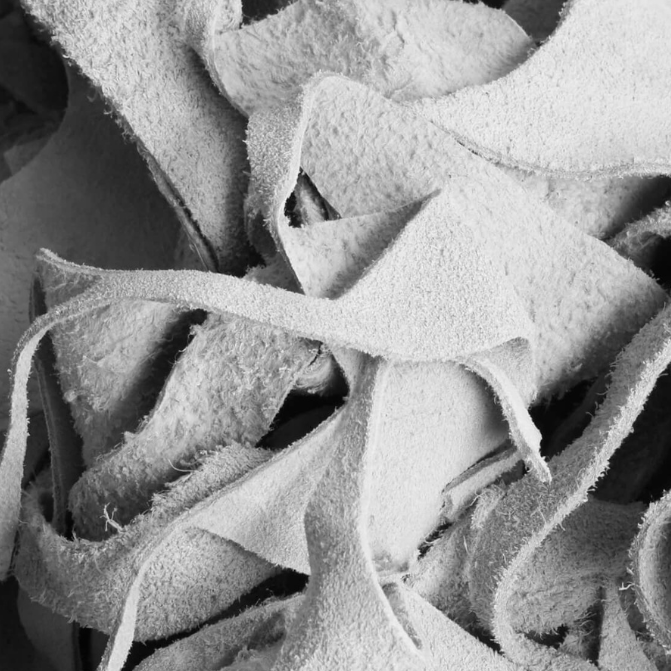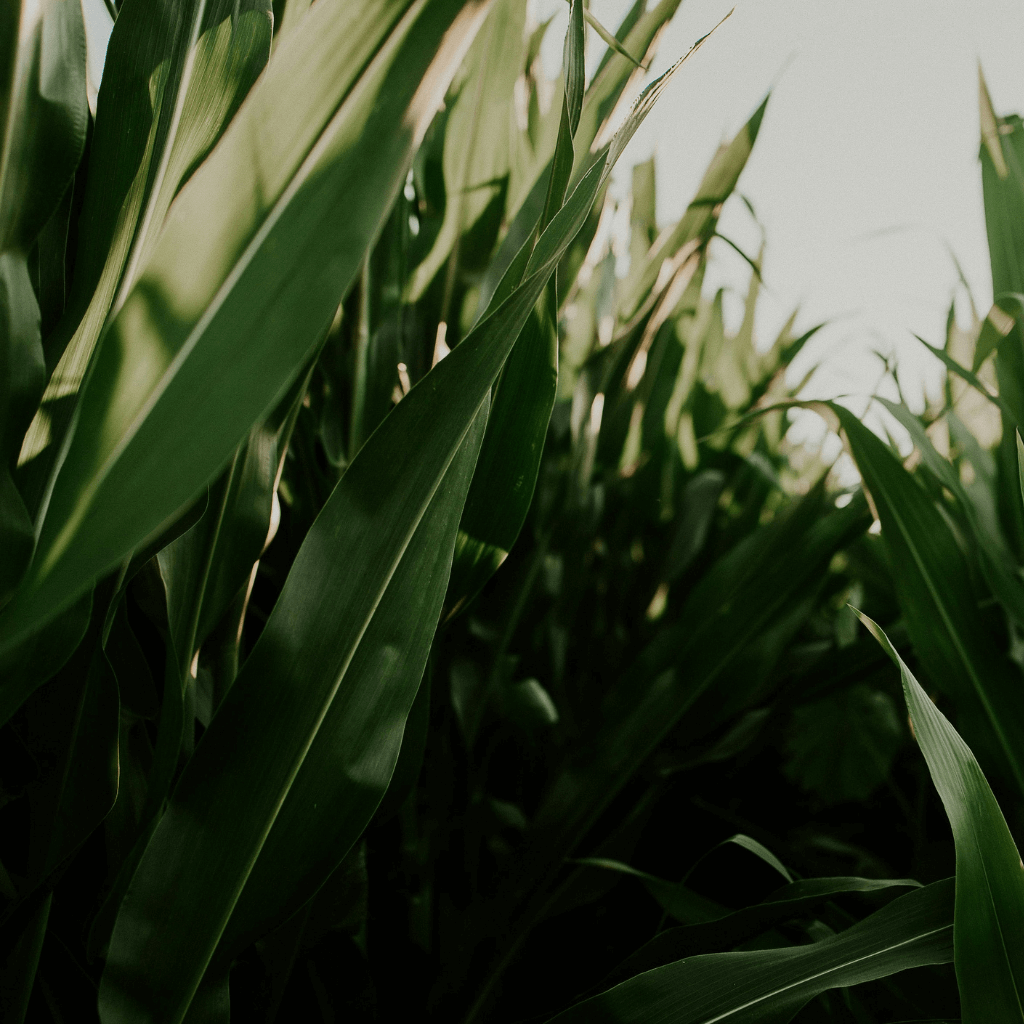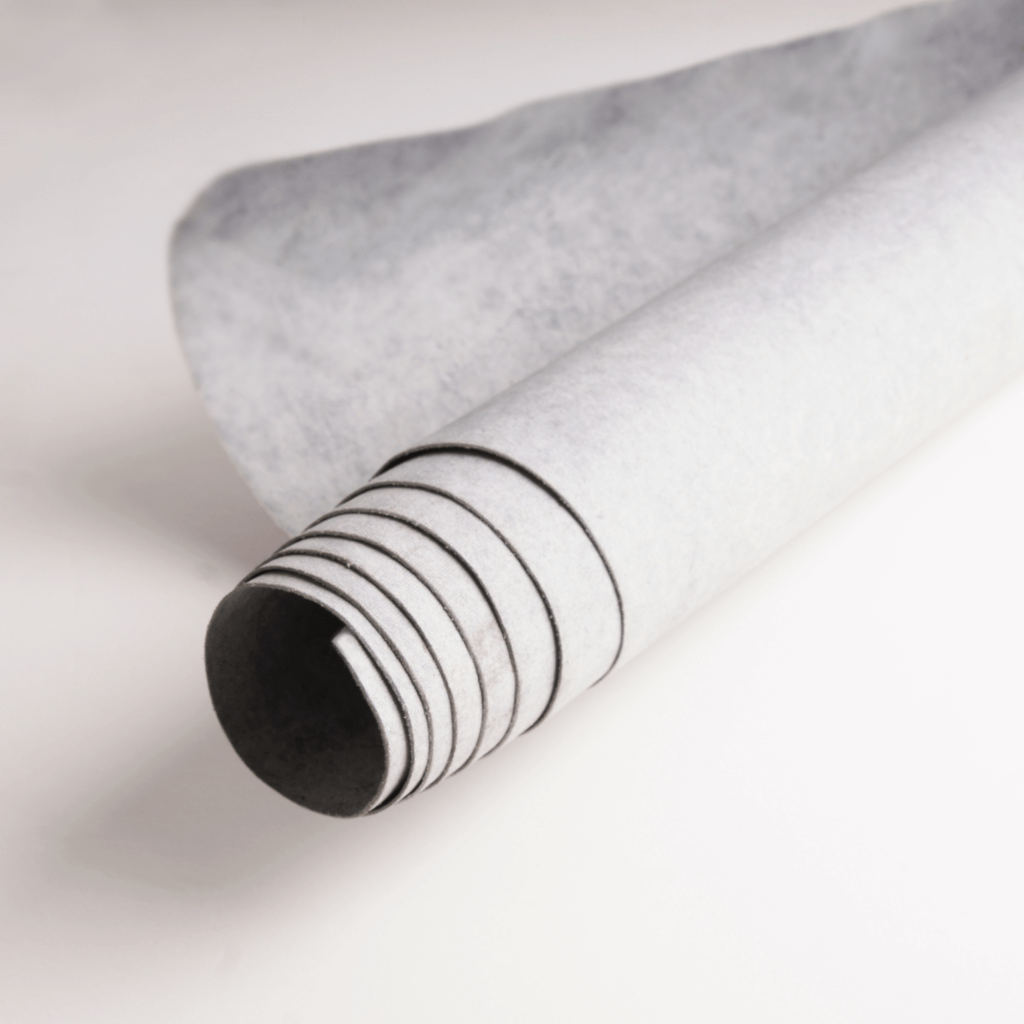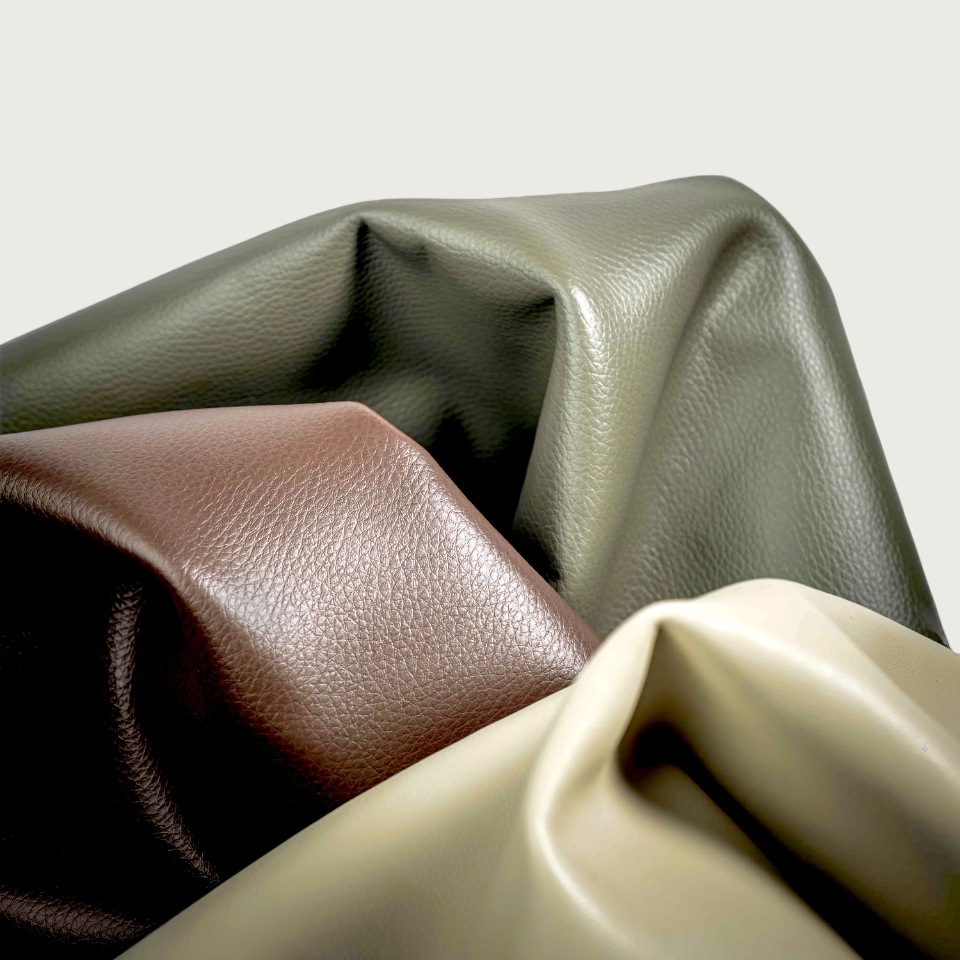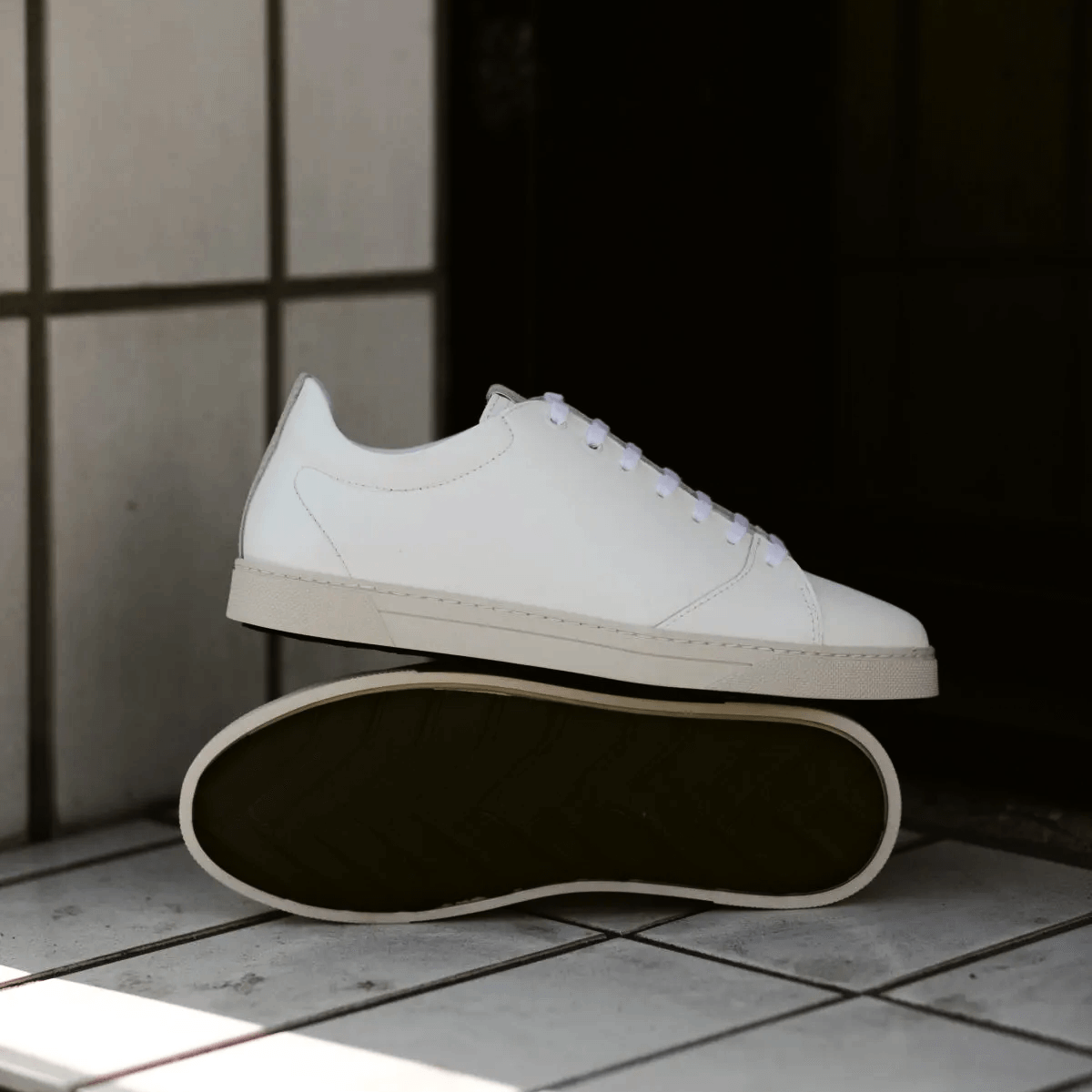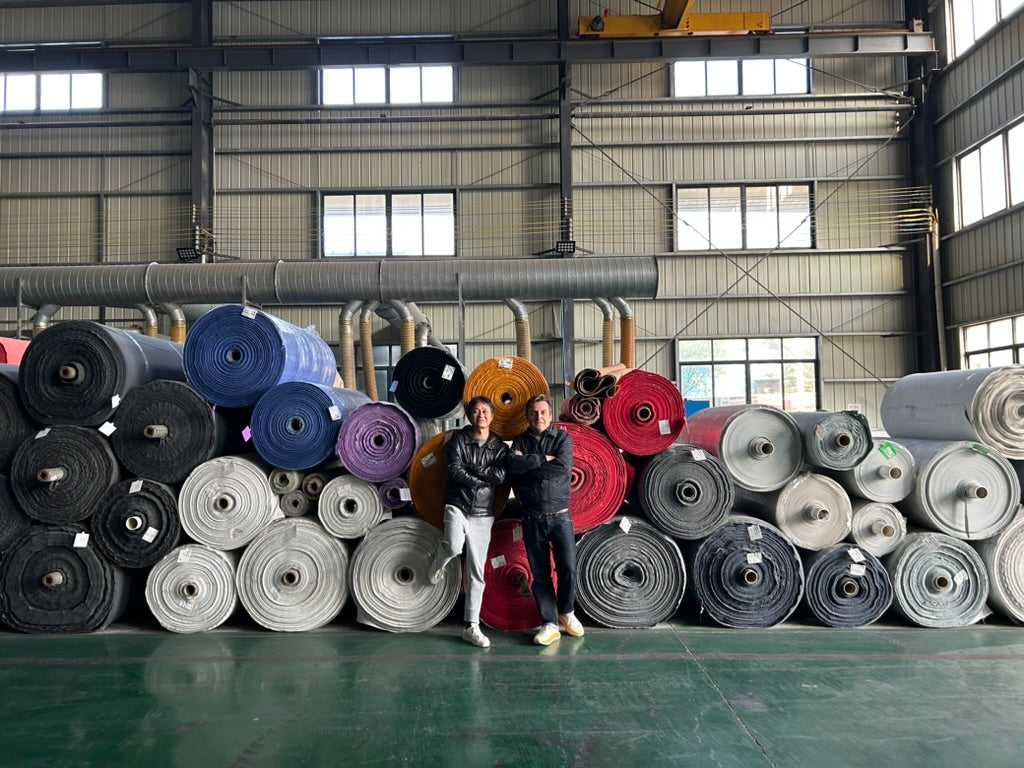Impact and Challenges
The leather industry faces major challenges like pollution and waste, as millions of tons of leather scraps from manufacturing and tannery waste end up in landfills worldwide.
According to the Observatory of Economic Complexity of 2022, leather waste is a global issue, with countries like China and India among the largest producers due to their significant leather industries and limited recycling.
Since only the central part of hides meets the high-quality standards required for the fashion, automotive, and furniture industries. The rest of the material remains unused - often with defects, uneven thickness or natural animal marks. This waste is primarily tannery waste and offcuts from processing.
Another concern facing the leather industry is the usage of chrome in the tanning process, particularly in the automotive, furniture, and fashion sectors, as its chemical treatment makes recycling difficult.

To address leather waste, some manufacturers use bonding materials, which can include both synthetic and biodegradable components.
Sustainability goes beyond the use of synthetic fillers. Certifications such as GRS (Global Recycled Standard) and RCS (Recycled Claim Standard) certify the genuine recycled content and support sustainable practices.
They support advanced recycling that preserves the natural quality of the leather while minimizing environmental impact.
Our Process
Over the last year, we have developed an innovative process to optimize the structure and quality of our recycled leather fibers, as their density directly determines the strength and durability of the final material.
We started collecting high-quality, raw, uncoated leather scraps from tanneries and glove manufacturers. These pre-consumer recycled leather fibers are then combined with Tencel™ Lyocell fibers in cooperation with the Lenzing Group™, using hydro-jet pressure.
This process allows us to transform waste into high-quality new materials, significantly reducing landfill contributions.

Our production model of a “One Stop Factory” supports local economies and circular practices. Through a closed-loop process, where we control every step—from waste collection to the final product—we ensure transparency and resource efficiency. This allows us to recycle materials back into the production cycle.
Material without Limits
Our technology is one of the few worldwide producing a soft, high-quality next gen material. We focus on a unique balance of density and softness, making our material suitable for the needs in fashion and opening possibilities for future applications in furniture, home interiors, and automotive design.
We choose a less impactful technology and bio-based solution that enhances texture, finish, and durability, while ensuring a versatile and long-lasting recycled leather fibers material.
Raising awareness of reusing waste is essential. Supported by Certifications like Solar Impulse, we are committed to reusing this material across industries, closing the loop in the leather industry and transforming waste into value for new sustainability standards.


